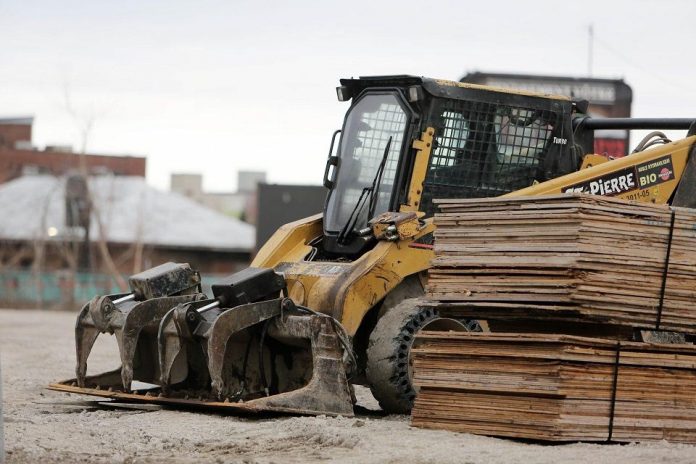Jess Penny, General Manager of Penny Hydraulics outlines the importance of the PUWER regulation and its role in maintaining worker safety
While every site manager knows that it’s crucial to abide by the government’s health and safety regulations, documents such as the Provision and Use of Work Equipment Regulations 1998 Approved Code of Practice (PUWER ACOP) can be hard even for those with decades of experience in the construction industry to get their head around.
To help you make sense of this often-misinterpreted piece of health and safety legislation, here’s a quick breakdown of everything you need to know about PUWER regulations. This will serve as the perfect primer to the official government documentation, which you should make sure to read thoroughly to ensure you’re operating within the bounds of the law.
What exactly is PUWER?
PUWER is a piece of legislation enforced by the British government that places a duty on employers to ensure the equipment used by their staff is safe to operate at all times.
Is PUWER enforced by law?
PUWER is not law, but it does have special status under the Health and Safety at Work Act. If you stick to PUWER on your construction site, you’ll not only keep your employees as safe as possible during daily operations but also ensure you’re legally covered in the event of an on-site accident. It will also be enough to make sure your work equipment passes any on-site health and safety checks.
How is PUWER enforced?
These regulations are enforced by health and safety inspectors during their regular checks. If an inspector feels that you have not followed PUWER regulations with a piece of work equipment, they will give it an improvement or prohibition notice.
An improvement notice will be placed on a piece of work equipment if a health and safety inspector feels that it has not been subject to the inspections and risk assessments detailed under PUWER. The health and safety inspector will tell the business owner what actions they need to take to comply with PUWER regulations and give them a period of 21 days to put these actions into place.
If you don’t follow the actions outlined by the health and safety inspector within this period, the improvement notice may be upgraded to a prohibition notice. Under this notice, you and your employees will be prohibited from using the piece of work equipment until the inspector is satisfied that you have remedied the issues that caused them concern.
If you study the PUWER regulations and follow them closely, your work equipment is sure to pass any health and safety checks, saving you the hassle and cost of being hit with a notice from a health and safety inspector.
Where does PUWER apply to your business?
PUWER applies whenever work equipment is used on business premises of any description within Great Britain.
Work equipment is a catch-all term that covers any tool, appliance, or piece of machinery that could potentially pose a risk to employees. On a construction site, this will commonly include:
- Hand tools such as hammers and saws;
- Machinery such as drills, cement mixers, and material handling equipment;
- Lifting equipment such as stationary and mobile cranes;
- Access equipment such as ladders and scaffolding.
PUWER regulations require a competent person to periodically inspect each piece of work equipment to ensure it is fit for use, and to officially record their findings for future reference. The regularity of these inspections is the business owner’s discretion but should take into account how frequently and intensely each item is used, as well as how much of a risk its failure would pose to the user. The users’ manual of more complex machinery will indicate how often these inspections should take place.
What training and instruction do your employees require to comply with PUWER?
PUWER states that employers need to ensure that the work equipment on their premises is used only by those who have received adequate training and instruction. This helps to ensure the safety of everyone on the premises, and the regulations state that the depth of this training should reflect the complexity of each piece of work equipment.
Employers should evaluate the competence of all new employees, and they should be provided with the training and instruction required to safely operate the work equipment their role requires them to before they are left to use the equipment unsupervised.
With more complex pieces of machinery, instructions on how to use the equipment, alongside any potential safety issues any users should be wary of, should be written down and made available to each person who will use the equipment. There should also be procedures in place so that if any person using the equipment spots anything they’d like to add to this document, they can quickly and easily do so, as it is their duty to add them to the written instructions and make sure the relevant people are made aware of them.
So, there you have it — an overview of the PUWER regulations that will help you wrap your head around this frequently misinterpreted piece of health and safety regulation. Hopefully, this has given you a working knowledge of this legislation that will help you understand how the details in the official documentation apply to your construction businesses.
 Jess Penny
Jess Penny
General Manager
Penny Hydraulics

















